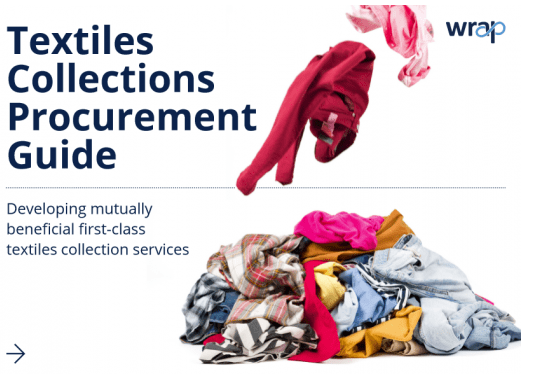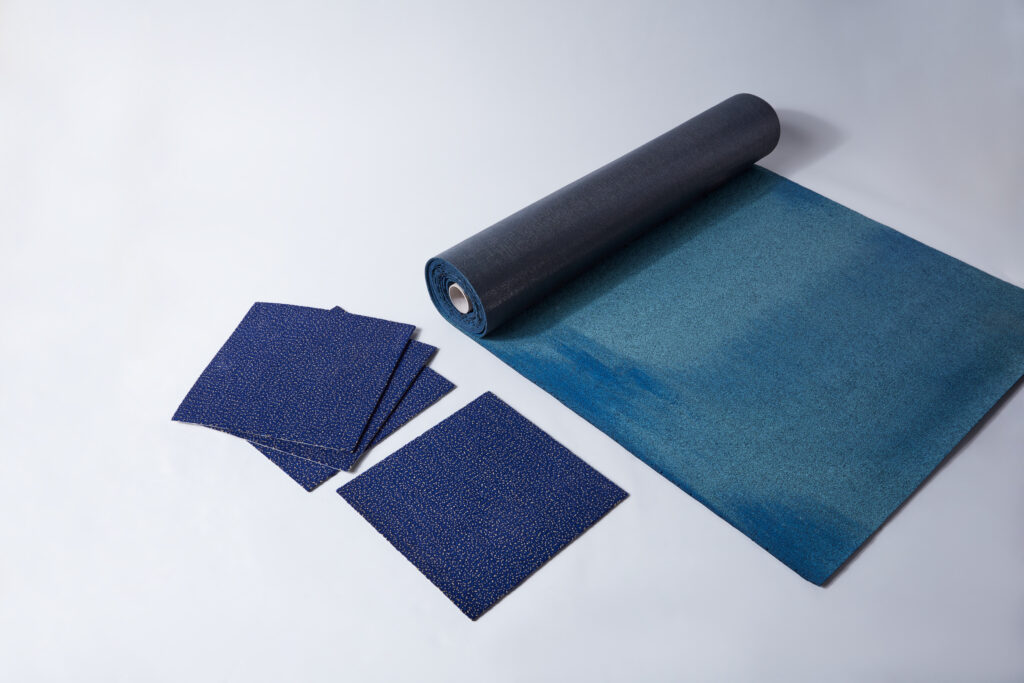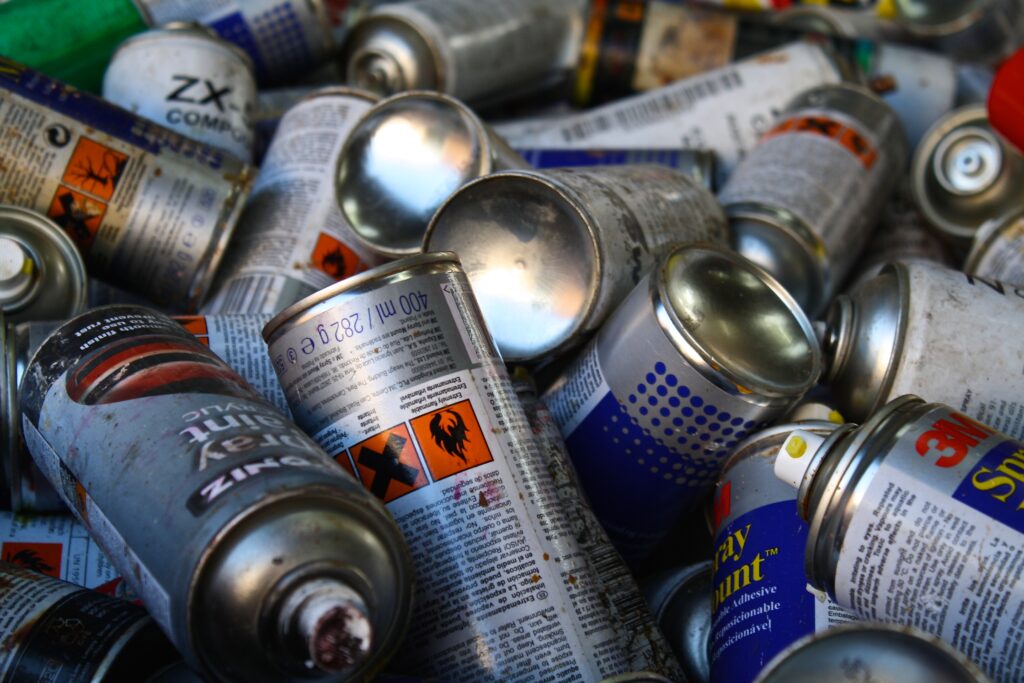
Published last week (14 December) the guide provides information on the design, commissioning, management and communication of textile collections for councils.
The guide, which includes a number of case studies, aims to help local authorities and textiles collectors introduce and operate effective collection arrangements ‘that strike a balance between service costs and quality’.
Developed by WRAP as part of its work for the Sustainable Clothing Action Plan (SCAP), the guide is free to download.
SCAP is intended to improve the sustainability of clothing across its life cycle. By bringing together industry, government and the third sector, it aims to reduce resource use and secure recognition for corporate performance by developing sector-wide targets.
Textile bring banks and kerbside collections are well-established routes for local authorities and recycling firms looking to source used textiles. However, WRAP has highlighted that changes in market conditions can lead to a reduction in the prices paid for second hand clothing – especially for exported materials – resulting in challenges to the viability or quality of services.
While the guide is not prescriptive, it provides a roadmap of the issues to consider and the options available individually, or as a partnership, in relation to the procurement of textiles collections for re-use or recycling.
Awareness
Bettina Gilbert, from WRAP’s sustainable products team, said: “The procurement guide was designed to sit alongside WRAP’s Textiles Collection guidance, which helps local authorities design, deliver and promote textiles collection services.
“It will aid the development of effective and resilient collection arrangements, which strike a balance between service costs and quality, so that textiles collectors, recyclers, local authorities and households get the most benefit from the services provided.
“Our aim is to raise awareness of the guide and support organisations to adopt the guidance moving forward.”
Related links











Subscribe for free